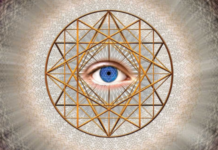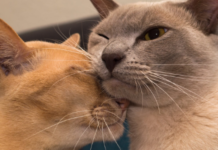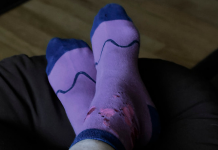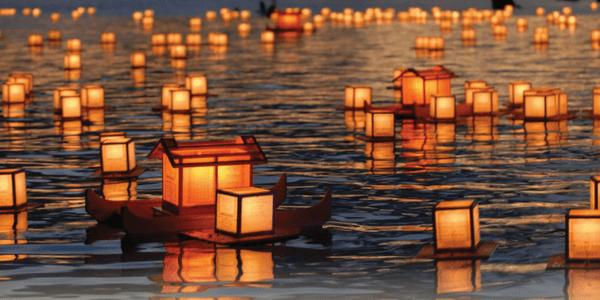
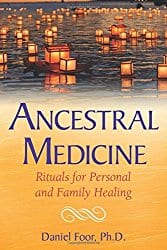
Ancestral Medicine: Rituals for Personal and Family Healing, by Daniel Foor
Bear & Company, 978-1-59143-269-2, 336 pp., 2017
When I received and opened my long-awaited review copy of Ancestral Medicine: Rituals for Personal and Family Healing, I read the dedication: “Dedicated to all those working to protect and creatively renew ancient ways of life that respect the Earth and the many beings. May the ancestors guide us well through the ordeals that lie ahead.” That last sentence is the crux of the reason for doing ancestor work, and the reason this book is so necessary at this time as a manual for reconnecting. It’s the reason we turn to our living family in times of crisis as well as times of joy. They’ve experienced them before, and can give us priceless advice. And we need it now.
Ancestral Medicine is written by Daniel Foor, Ph.D., a licensed psychotherapist who is an initiate in the Ifa/Orisha tradition of Yoruba-speaking West Africa.1 He is trained in several other indigenous paths as well as in those of his European ancestors, and has led ancestral and family healing intensives for more than a decade. As I read the book, I could hear those various lines of knowledge blending and forming a solid, practical, compassionate lesson plan for relating with and healing one’s lineages.
The book is comprised of three parts: Part One, the foundations of ancestor work; Part Two, healing with lineage and family ancestors; and Part Three, honouring other types of ancestors. In every chapter, exercises and rituals explore or apply the teachings. Also included are a bibliography and index, family pedigree charts, and colour plates depicting ancestor-honouring traditions around the world.2
In Part One, we learn about the author’s personal work; different types of ancestors; spontaneous ancestor contact, such as dreams, synchronicity, and waking encounters. There is also an introduction to ancestor rituals.3 An important teaching in this section and the foundation for the work ahead is that, “insofar as ancestral spirits may continue to relate with the living, they are no more ‘dead’ than angels, gods, the spirits of plants and animals, or other unseen forces. Instead of thinking about the living and the dead, it may be more accurate to distinguish between human souls who are currently incarnate (the living) and souls who were previously incarnate but whom we may still relate to in the present (the ancestors).”4
When we move on to Part Two, Foor encourages doing family research (through living family or genealogical records), choosing a focus, and seeking out our ancestral guides and lineages.5 Distinction is made between those ancestors who are, “bright in spirit,” healthy and willing to be in a helping relationship with us, and those who are not, who still have unfinished business or who are very troubled. Rituals are provided to find and honour those already bright in spirit and to assist the troubled dead with healing. We then learn how to integrate these healed ancestral relationships with those of our living family and descendants.
In Part Three we learn about ancestors of place, affinity ancestors , multiple souls, reincarnation and past lives. We also learn how to prepare for own deaths; types of burials, funeral rites for loved ones, and ritual tending of those passed in the first year after death. In particular, Foor invites his readers to explore their own attitudes about preparation for death, something many people are willing to avoid. Yet, if we follow the practices in Ancestral Medicine, it becomes obvious that giving it thought lays the foundation for dying peacefully and becoming healthy and loving ancestors ourselves — a state that will benefit all.
As with any relationship — from your relationship to yourself to those with family members and society at large — connections take time to grow. So it is with our ancestral relationships. Ancestral Medicine can guide you in forming and keeping those relationships vibrant over the course of years, so that as we turn to our ancestors in times of need and joy, they will know they are lovingly remembered.
- Ed. note: See Donyae Coles’ article “African pantheons: A primer” for more. [↩]
- Ed. note: See Susan Starr’s article “How to build an ancestor altar” for more. [↩]
- Ed. note: See Donyae Coles’ article “Ancestor work: Not just for Samhain” for more. [↩]
- P. 23 [↩]
- Ed. note: See Daleth West’s review of Raven Grimassi’s Communing With The Ancestors for more. [↩]


